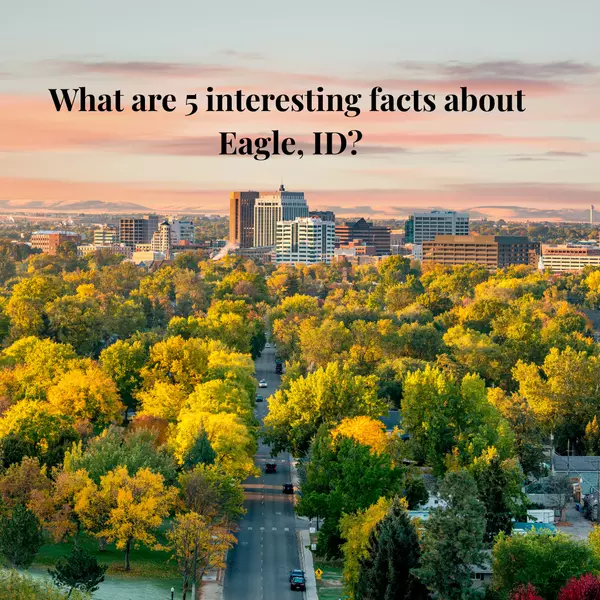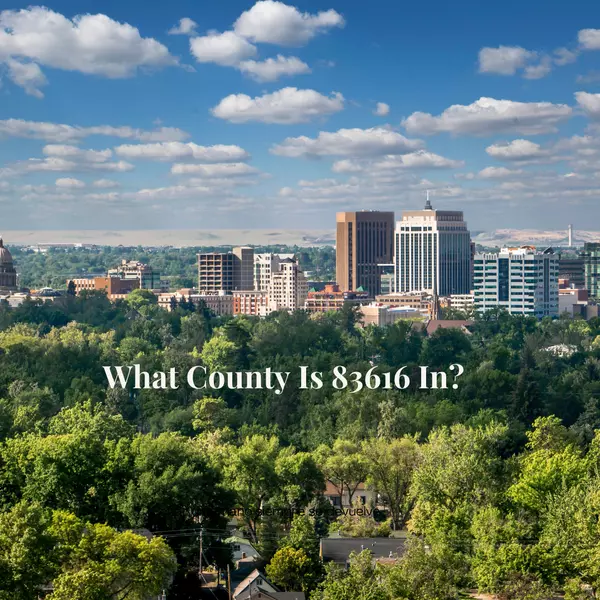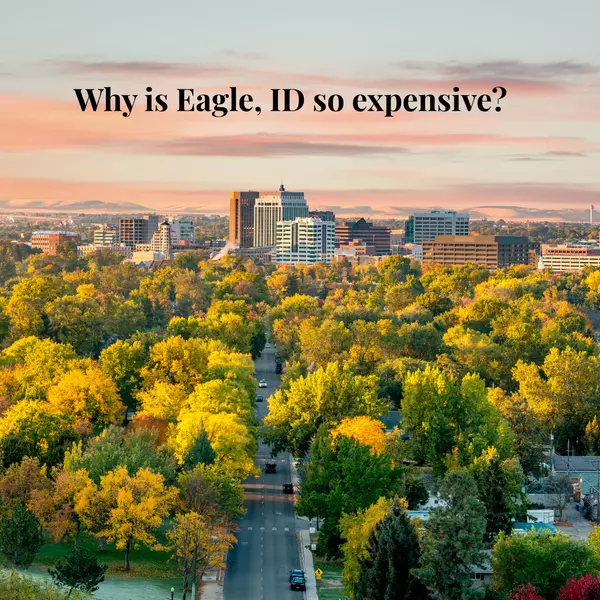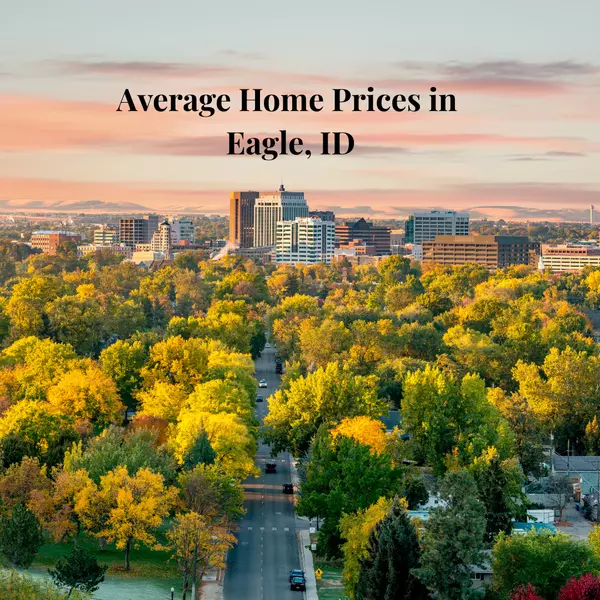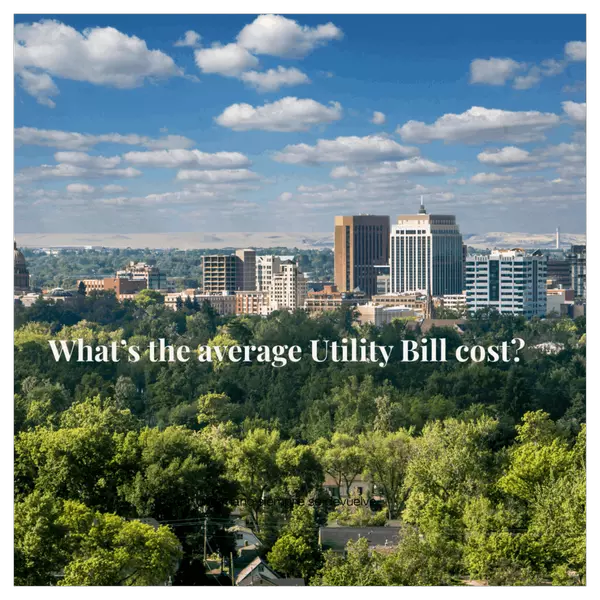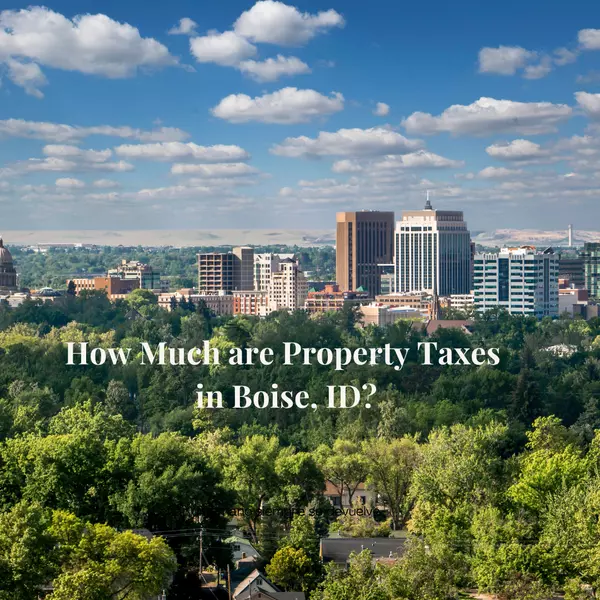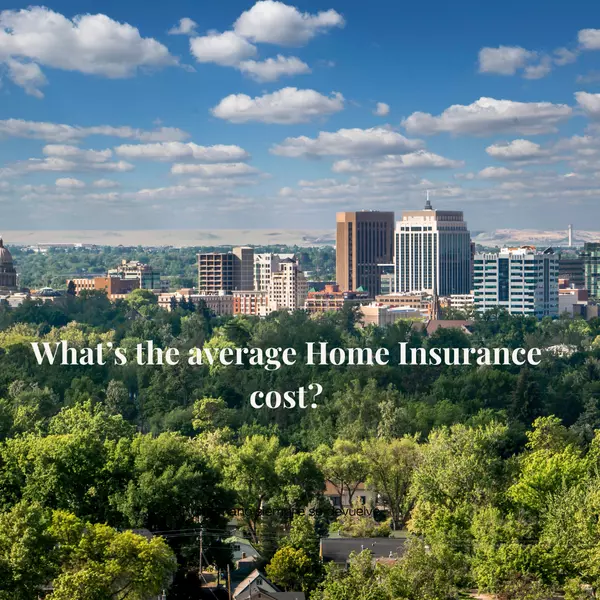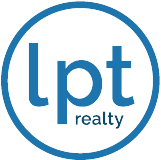What is the downside of Idaho?

Idaho’s natural beauty and low taxes are appealing, but several challenges make living here less idyllic for some residents.
Crippling Housing Costs: The housing crisis is Idaho’s biggest drawback. Boise’s median home price soared to $535,000 in 2025, a 96% rise since 2017, far outstripping median incomes ($67,500). With a mere 2.4 months’ housing supply, competition is fierce—40% of homes sell above asking, often to out-of-state cash buyers (36% of 2024 sales). Renters face $1,950/month for a Boise two-bedroom, forcing 34% of residents to spend over 30% of income on housing, eroding affordability.
Job Market Imbalance: Idaho’s economy booms in tech and healthcare (26% job growth in 2025), but opportunities are concentrated in Boise and Meridian. Rural areas, home to 38% of Idahoans, lean on low-wage agriculture or tourism jobs (median income: $43,000 in rural counties vs. $72,000 in Boise). This disparity limits career options for non-urban residents.
Overburdened Infrastructure: Population growth (2.7% annually in Boise since 2020) strains resources. Schools face overcrowding, with some Boise districts reporting 32 students per class. Traffic congestion has worsened, with commute times up 18% since 2018. Rural areas lack public transit, increasing car dependency and costs.
Limited Cultural Scene: Boise’s cultural offerings are expanding but pale compared to larger cities. Rural areas lack diverse dining, entertainment, or nightlife, which can feel isolating for newcomers seeking urban vibrancy.
The Bottom Line: Idaho’s steep housing costs, uneven job market, strained infrastructure, severe weather, and limited cultural amenities challenge residents, especially those outside urban centers or seeking affordability.
Categories
Recent Posts
